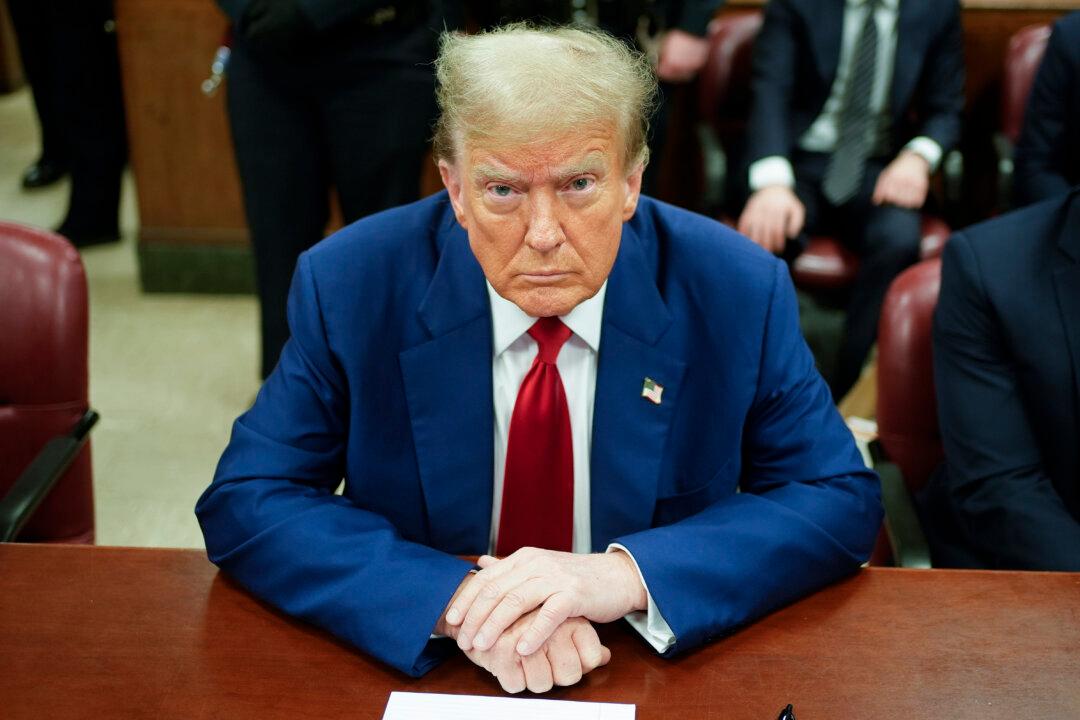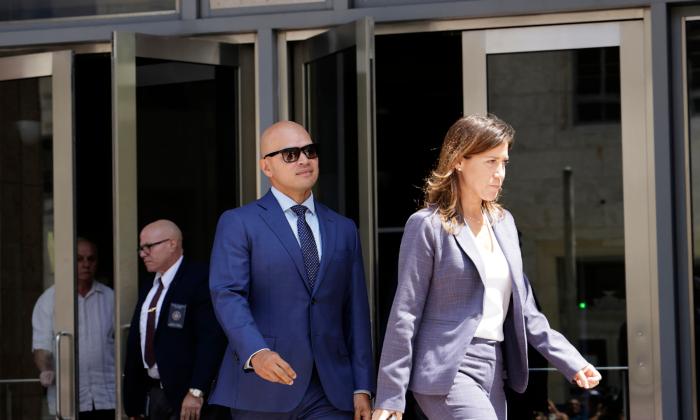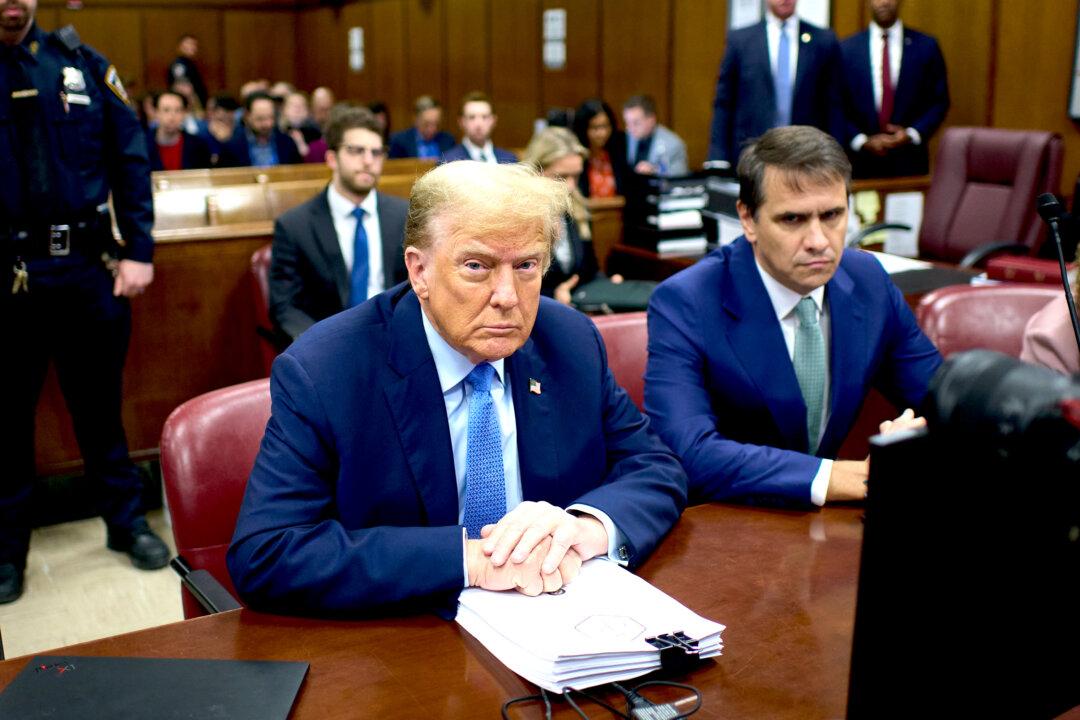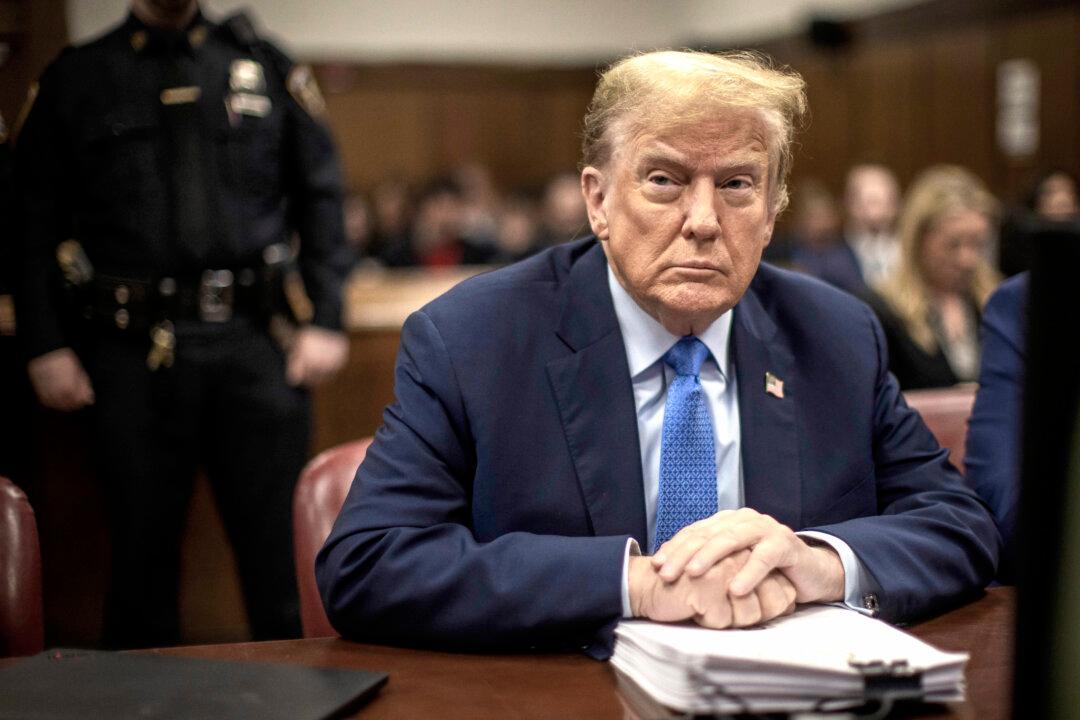New York City is home to some of the most famous landmarks and tourist sights—the Empire State building, the Statue of Liberty, Times Square, and other places New Yorkers are no longer excited about.
The city is also home to lesser-known gems and oddities, like the subway entrance that leads to nowhere, catacombs, hidden patisseries, the oldest of structures, the first of structures, and more.
Untapped Cities founder Michelle Young started the site during a gap year in college, documenting her detours in New York. Since then, it has grown to have over 400 contributors from around the world.
Epoch Times asked Young about discovery, cities, and our relationship to places.
Epoch Times: What is it about cities that you are trying to share with Untapped Cities?
Michelle Young: Untapped Cities is about urban discovery and about rediscovering the city in which you live. New Yorkers live such busy lives, looking for the most efficient route from A to B. At Untapped Cities, we encourage everyone to take in their cities differently—peek behind that strange door, take a detour for fun, uncover hidden layers of history. And most importantly, we want to take these bottom-up discoveries and share them with everyone through great photography and video.
There is a real desire to know more about how our cities work these days, what’s behind the scenes, what is left to discover in a world where everything is documented and online.
Luckily, there is always something new in cities, so the source is boundless. I think deep down, residents also want to know more about each other and seek opportunities to share in the urban experience.
Epoch Times: How did you get the idea to start the site? How has it grown since?
Ms. Young: I created the site in a gap summer between ending my work as a fashion buyer and going to graduate school for urban planning.
Simply by changing my route, not going from home to work, and having the time to go off-the-beaten path made me discover so many new things in the city that I grew up in. So I started to document these explorations on a website called Untapped New York, which later turned into Untapped Cities.
Soon after I started publishing online, residents of New York City started emailing me wanting to join in, so gradually it became a platform for anybody to be able to upload and share about urban discoveries.
Our 400-plus contributors range from the curious resident to experts in city agencies and academia, all united by a desire to share the lesser known. We predominantly cover New York City, but the contributor base is all around the world submitting content from 60-plus cities.
Epoch Times: Were you always interested in the architecture and history of places? Where did that begin?
Ms. Young: I’m from Long Island originally but my parents used to bring me into New York City all the time as a kid to visit museums and see concerts.
I think F. Scott Fitzgerald’s description in “The Great Gatsby” of the view from the Queensboro Bridge sums it up: ‘The city seen from the Queensboro Bridge is always the city seen for the first time, in its first wild promise of all the mystery and the beauty in the world.’
We'd often take that bridge and the view of Midtown Manhattan continues to be inspiring, even though it has changed a lot. My parents also took me on international trips since I was 4—Taiwan, Spain, Germany, Austria, Greece, Turkey, and I was fascinated by historic architecture.
I started attending the Juilliard School of Music when I was 12 years old and we lived next to Lincoln Center when Columbus Circle was dangerous and there was nothing around except the Tower Records. Observing the stark transformation of this neighborhood (I still live here) from the early ‘90s definitely drove my interest in urban development.
I studied the history of architecture at Harvard as an undergrad, but it was the backpacking I did in Southeast Asia and South America in my mid-20s that solidified the link between urbanism, architecture, and history, and inspired the creation of Untapped Cities.
Epoch Times: How would you describe your relationship to New York City?
Ms. Young: New York City is the source of my inspiration. When I’m here, I’m driven, motivated, never letting my eyes rest when I’m walking around because there is always some hidden gem I might miss.
It’s a city that thinks big—a city of optimism, of dreamers, of wide successes and failures. Its contradictions make it interesting. As Mayor Bloomberg wrote in PlaNYC: ‘To come here you must have faith in a better future, and courage to seek it out; you must trust the city to give you a chance, and know that you’ll take advantage when it does.’
And so, because it’s a city that is perpetually looking forward, it can also be an exhausting city.
It’s not an alienating city—I think it’s one of the most welcoming I’ve lived in and traveled to—but I have to regularly get out to maintain balance.
Epoch Times: What drove you to dig deeper?
Ms. Young: I was working in the fashion world before I went back to school for urban planning. As a merchandiser, your job is predominantly in the office, managing seasons, buys, supply chain.
When I quit the industry, I suddenly had time to vary my path around the city. I started seeing all these things I never noticed before, just by taking a different street.
I also had to time to read more and was learning about all sorts of fun things in New York City in 2009 that are general knowledge now: the decommissioned subway station under City Hall, Manhattenhenge (when the sun lines up with Manhattan’s street grid), the conversion of Fresh Kills landfill into a park.
I made it a priority to go visit these places and experience them—plus I had just bought a new SLR camera so I was documenting. From the beginning it was also about the communal experience—I'd bring friends along inviting readers to join.
Epoch Times: What sort of mindset do you travel with?
Ms. Young: I allow a city to speak to me. I’m very interested in the soul of a city, how its architecture and activity reflect the socioeconomic and political structures at play. I’ve found that my instinctive observations are later backed up by some major movements going on, and that’s where I begin my research.
When I worked in La Paz, Bolivia, in 2005 for a short stint checking up on the production of one of my fashion lines. I wrote at the time that it seemed like a country on the brink of change—it was in the air even though the people I was with kept me out of the politics.
Later, I realized I was there just between two coup d'états and I later wrote a piece about how the geographical positioning of La Paz enabled the ground-up, community led movements that enabled the first indigenous president. Similarly, in Rio de Janeiro, I went there to study environmental degradation in the area around the upcoming Olympics, but I was drawn to the incredible street art that was everywhere.
A lot of it was like fine art, but just on street walls, barriers, buildings. Turns out, there was a law passed in 2009 legalizing street art in Brazil—and I shifted my whole project toward uncovering the new relationships between building owners and artists that resulted from the policy, as well as how street art locations change.
In general with traveling, I don’t like to have set plans, because you never know who you are going to meet, how long you may travel with them, or how long you want to stay in a place. I love how people are more open when they’re traveling, born out of necessity sometimes.
I also believe in giving back while traveling—I'll usually pick a location based on where I can do earthquake relief work. But I also travel in spurts—in the United States, it’s really hard to take a year off, let alone multiple months. But traveling abroad recalibrates how I see New York City. I hope to always see New York with the wide-eyed amazement of a kid discovering it anew, but with the sharpness of a resident.




